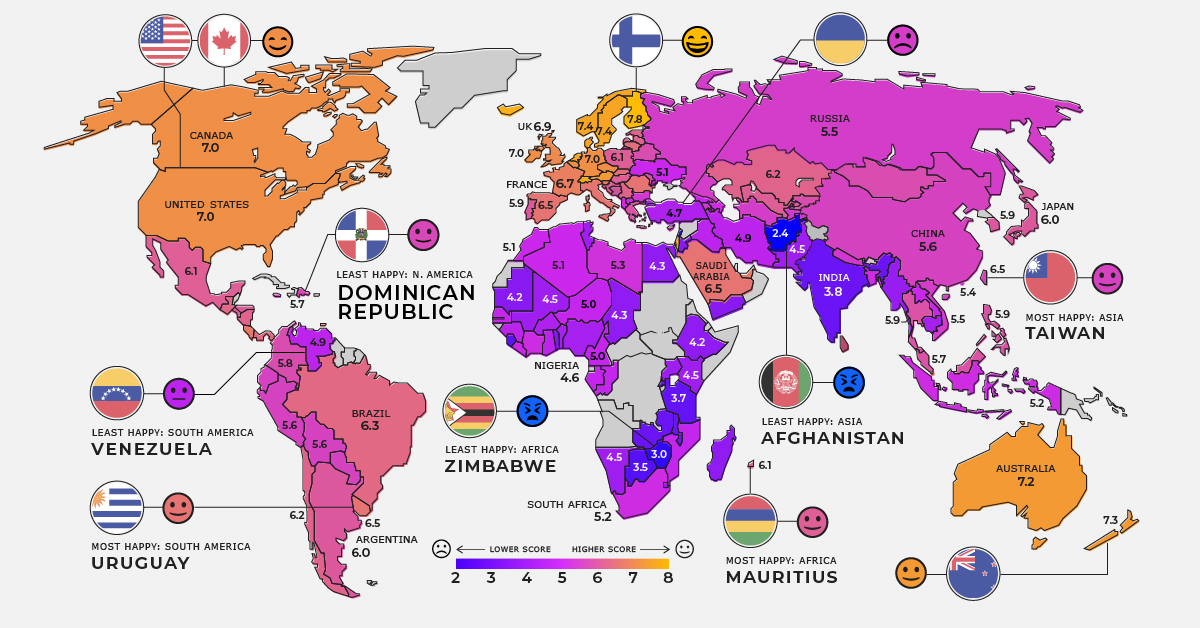
(quote)
The Glorious Return of a Humble Car Feature – Automakers are starting to admit that drivers hate touch screens. Buttons are back!
Unlike in most peer countries, American roadway deaths surged during the pandemic and have barely receded since. Pedestrian and cyclist fatalities recently hit their highest levels in 40 years… A growing number of automakers are backpedaling away from the huge, complex touch screens that have infested dashboard design over the past 15 years. Buttons and knobs are coming back.
Many drivers want buttons, not screens, and they’ve given carmakers an earful about it… For well over a decade, touch screens have spread like a rash across dashboards. As with other dangerous trends in car design (see the steering yoke), this one can be traced back to Tesla, which has for years positioned its vehicles as “tablets on wheels.” As a result, touch screens were seen as representing tech-infused modernity. But cost has been a factor, too. “These screens are presented as this avant garde, minimalist design,” said Matt Farah, a car reviewer and host of The Smoking Tire, an auto-focused YouTube channel and podcast. “But really, it’s the cheapest way possible of building an interior.” Although they look fancy, Farah said that carmakers can purchase screens for less than $50, making them significantly less expensive than tactile controls.
Despite their name, touch screens rely on a driver’s eyes as much as her fingers to navigate—and every second that she is looking at a screen is a second that she isn’t looking at the road ahead. Navigating through various levels of menus to reach a desired control can be particularly dangerous… “The irony is that everyone basically accepts that it’s dangerous to use your phone while driving,” said Farah. “Yet no one complains about what we’re doing instead, which is fundamentally using an iPad while driving. If you’re paying between $40,000 and $300,000 for a car, you’re getting an iPad built onto the dashboard.” A widely publicized Swedish study found that completing tasks with screens takes longer than with physical buttons.
Touchscreens in Modern Cars Can’t Hold a Candle to Physical Buttons, New Test Confirms
Carmakers started to copy the touchscreen smartphone interface to replace the physical buttons inside their vehicles. But what works for a smartphone is not necessarily suitable for cars, and sometimes it can prove outright dangerous.
Carmakers have become obsessed with touchscreens in the past years. Each generation of vehicles brings bigger screens and sometimes more of them. It’s safe to say that Mercedes-Benz got to the extreme by extending the car display across the entire dashboard, as in, you cannot go any further than that. Or maybe you can, but you shouldn’t. That’s because it has been proven that accessing essential functions on a touchscreen is more difficult in a moving car than pressing or rotating a physical button. And if you need to keep your eyes on the road, touchscreens are a horrible idea.
From the simplicity of the first steering wheel to the complexity of full in-vehicle entertainment systems, there’s a history of innovation in automotive that can take us too far – or return us to greater balance between humans and machines.
1. Touch is powerful.
2. Buttons just work.
3. Today’s touch screens have gone too far.
In March 2020, The Future of Transport found 30-36% slower reaction times for drivers using the voice-controlled Android Auto or Apple CarPlay, versus undistracted drivers. For context, a driver with an illegal blood-alcohol limit had a problematic 12% delay time in the same study; drivers using voice prompts performed nearly 3x worse!
In a test of 12 vehicles by Vi Bilagare, drivers using the physical controls and buttons of a 2005 Volvo were able to perform four tasks in 10 seconds, while those using cars with touch screens took 20 to 45 seconds to complete the same four tasks (adjusting temperature, radio, trip odometer and lighting controls).
(unquote)
Image courtesy Glenn Lindberg / Vi Bilagare






